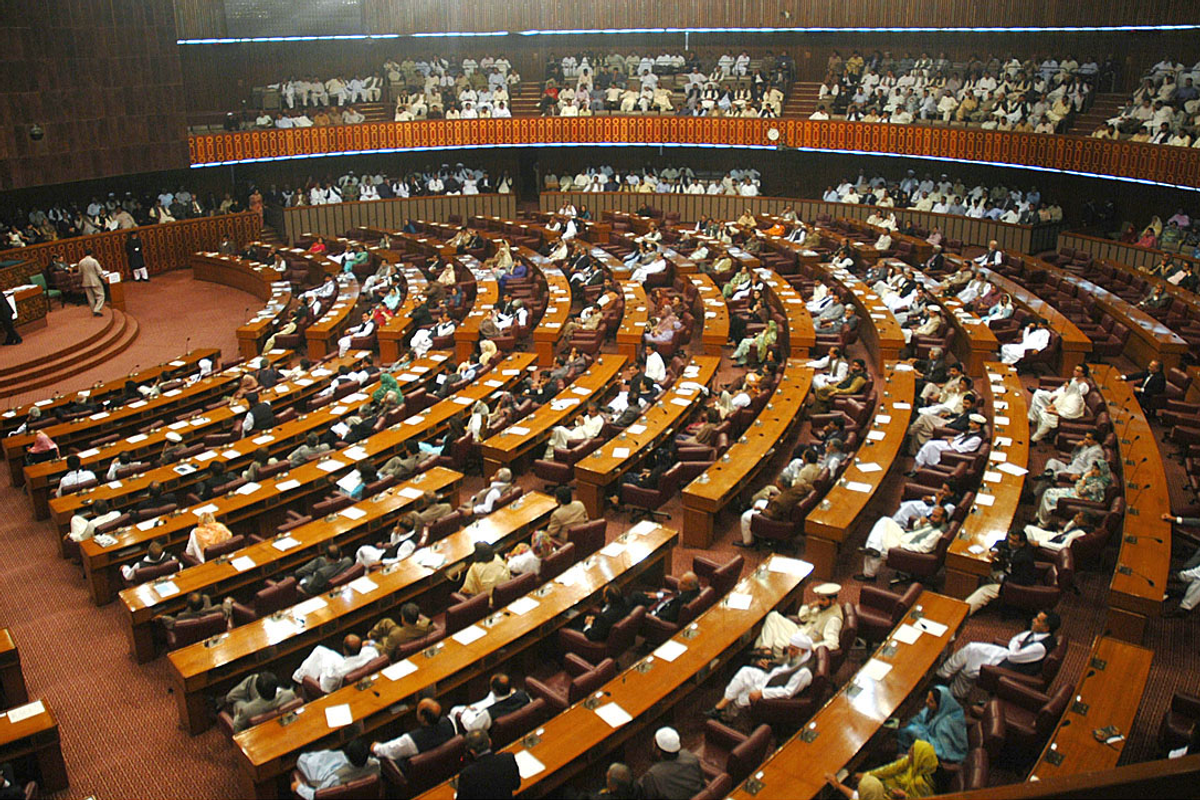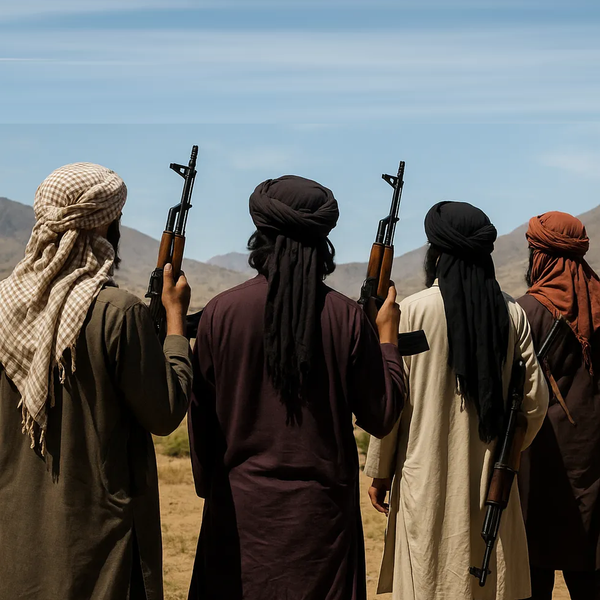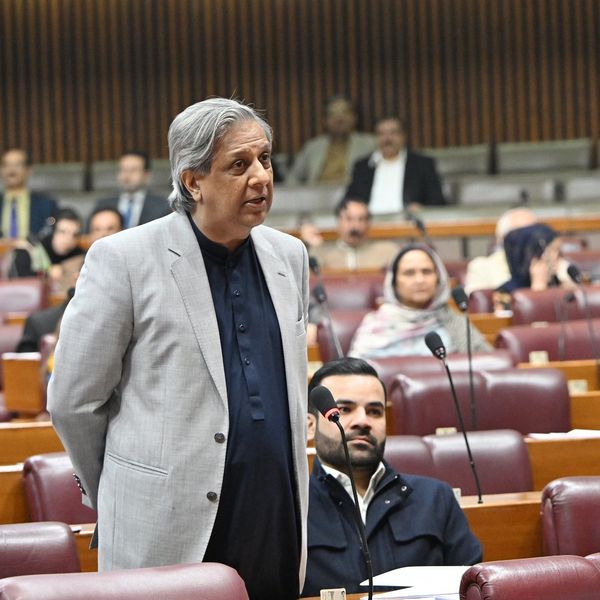What the proposed 27th Amendment reveals about the balance of power in Pakistan
The draft would merge top military posts, giving the Chief of Army Staff the new role of Chief of Defense Forces

Aamir Abbasi
Editor, Islamabad
Aamir; a journalist with 15 years of experience, working in Newspaper, TV and Digital Media. Worked in Field, covered Big Legal Constitutional and Political Events in Pakistan since 2009 with Pakistan’s Top Media Organizations. Graduate of Quaid I Azam University Islamabad.

A draft of Pakistan’s 27th Constitutional Amendment Bill 2025 has surfaced, outlining sweeping changes to the country’s constitutional and institutional framework.
The draft targets alterations across 48 articles of the constitution and, if enacted, would mark one of the most significant overhauls of Pakistan’s governance framework in decades.
Creation of a Federal Constitutional Court
The bill would establish a new Federal Constitutional Court (FCC) headquartered in Islamabad, tasked with interpreting the constitution, protecting fundamental rights, and adjudicating federation-province disputes.
Under the plan, the chief justice of the Federal Constitutional Court would serve a three-year term, while its judges would retire at age 68.
The court would assume the constitutional jurisdiction currently held by the Supreme Court of Pakistan under Article 184, thereby separating judicial review from the apex court’s general appellate functions.
Reallocation of judicial powers
The amendment would formally create the FCC under a revised Article 175 and introduce a new Article 175A to establish a revised appointment process via the Judicial Commission of Pakistan, which would now include both the Chief Justice of Pakistan and the Chief Justice of the Federal Constitutional Court.
While decisions of the Supreme Court and the FCC would no longer be binding on each other, the bill proposes to amend Article 189 so that FCC rulings become binding on all subordinate courts. The Supreme Judicial Council (SJC) would also be reconstituted to include both chief justices, with new rules required within 60 days of the amendment’s enactment.
Restructuring the military command – Article 243
Perhaps the most consequential non-judicial measure concerns changes to Article 243. The draft proposes abolishing the office of the Chairman Joint Chiefs of Staff Committee and instead making the serving Chief of Army Staff also hold the new post of Chief of Defense Forces, thereby consolidating top-level military leadership.
The amendment further suggests that any officer elevated to the honorary rank of Field Marshal be designated a “National Hero” with lifetime privileges in recognition of distinguished service.
The draft also proposes expanded executive powers. Under a revised Article 93, the prime minister could appoint up to seven advisers, while Article 130 would raise the permissible number of advisers for provincial chief ministers.
Other key provisions span Articles 175B-175L (defining the structure, powers, and procedures of the FCC), Articles 176-183 (terminology alignment), and deletions or changes to Articles 186, 191A, and 206. The FCC would have advisory jurisdiction as well, enabling it to give constitutional opinions when asked by the president or parliament.
Context and implications
The unveiling of the draft 27th Amendment comes amid intense national debate over judicial reform, separation of powers, and civil-military balance.
Legal and political observers warn that the proposal could dilute the Supreme Court’s central role, strengthen executive oversight, and institutionalize new norms in military command.
The government insists the reforms aim to streamline governance, boost federal cohesion, and update structures to reflect current realities. Critics counter that the changes risk undermining provincial autonomy, judicial independence, and civilian oversight of the armed forces.
With parliamentary approval (including two-thirds majorities) and provincial assent required, the amendment would represent a historic transformation of Pakistan’s constitutional order — simultaneously redefining its judicial architecture and restructuring its top military command.










Comments
See what people are discussing